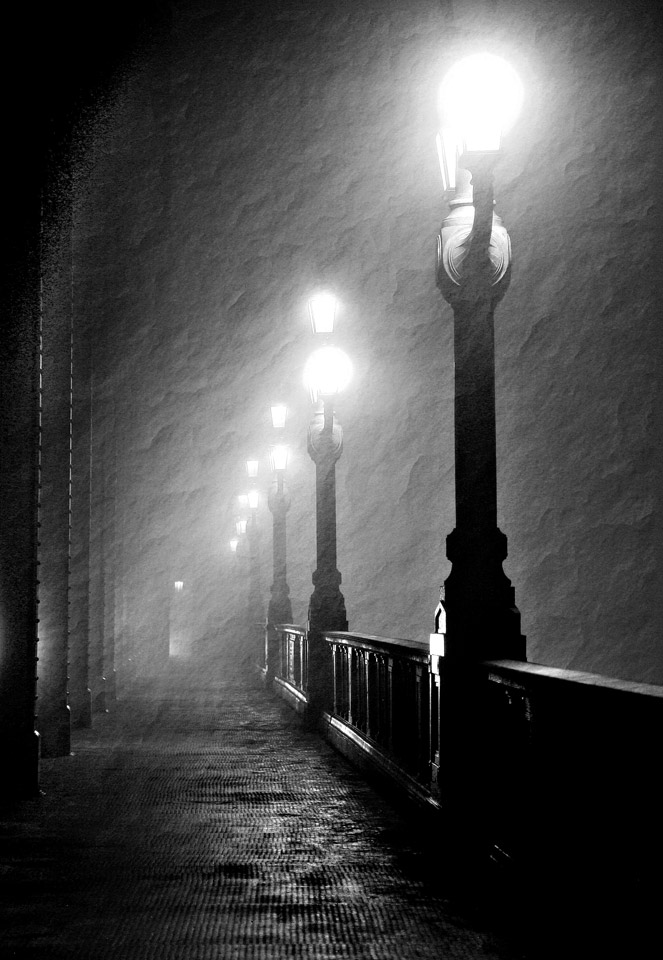Have you ever started to write a mystery short story and have it stall on you? Have you gotten to the middle chapter and realized you have no idea how to end the story, much less how to keep the pacing, momentum, and dialogue enthralling for your potential readers?
Unless you manage to sort that out, two things are likely: either you give up writing the story altogether, or you finish it somehow and hope the magazines you send it to won’t notice the problems. Of course, they will notice, and you will receive a rejection slip you’d rather live without.
You want to keep readers (and magazine editors) turning the pages until the end, preferably in one sitting. The thing is, many of us create good characters, have a great setting, and know who our villain is, BUT . . . if our plot is in limbo?
Here are 7 ways to write a mystery short story that just might help you pull that plot together, discover its inner logic, find its core purpose, and speed forward to a timely–and satisfying–conclusion:
- Write the plot backwards. Seriously. Write the ending. Write down what happens just before the ending. Write down what happens just before that. Do this for ten steps back. You’ll be amazed at what you discover. Sometimes this process can reveal hidden elements of a character’s behavior, or even lead you to change who the villain is!
- Read what you have written so far out loud to yourself. When you get to the point where you’ve stalled, put down the pages, look steadily into the space in front of you, and keep telling the story. Don’t worry if it sounds ridiculous, just keep talking for at least three minutes–nonstop talking and no thinking is the key. (This can be done in a train station or a grocery line, safely–pretend to be one of those people who wear Bluetooth devices and constantly look like they’re talking to themselves.)
- Sometimes the stall in your writing is because you don’t relate to one or more of the characters. This is a good time to write up some back story–information you’ll never put into the story but that makes the character more real to you. You aren’t likely to include in the story the fact the female detective has a hobby making bead earrings to relax, but it adds a dimension to her character that makes her more accessible to you. The villain could have a back story that includes a violent temper that is never shown (until the end). Every character benefits from a bit of back story, and so does your writing.
- Read the first line of your story as it would be spoken by each character. This will change your perception of your opening line, and help you decide if it is a good hook, but it will also help you see if you have set up the story well. A stall in the writing can occur if we’re not sure about how (or why) everything starts.
- Turn the pages you’ve written upside down and skim through them one after the other. Of course you can’t read them (unless you’re a typesetter, and few of those are left anymore) but you will get the feeling of how much you have done. Looking at the pages upside down, you can’t distract yourself by editing anything, so you get instead a feeling-tone, the weight of what you are doing, and it holds power.
- Write six titles for the story that do not resemble each other. Throw them in a box and pick out one at random. Type it on the computer (or write it on the yellow legal pad) as the title of your mystery short story. Imagine adding it to the “Subject” line in emails you send to magazine editors. Then discard it. Do the same for two more you pick at random. Discard them. Leave the story title space blank. Amazingly, the plot begins to surface with a clarity that wasn’t there before.
- Listen to the characters you have created. They always have something to say, and often they can reveal (or become) the solution you need to whatever plot point is stopping you from finishing the story.
Writing a mystery short story is a wonderful thing to do. Give it your patience, and trust. Keep in mind it’s a willing collaboration between imagination and heart.



How wonderful to read such an encouraging article. Will share this with the hope that my grand children (stumble upon) read it. Maybe I’m not so crazy for picking a book by reading the end first Writing the kind of fiction that takes the reader away from it all requires a special kind of imagination.. I could probably channel Heloise.